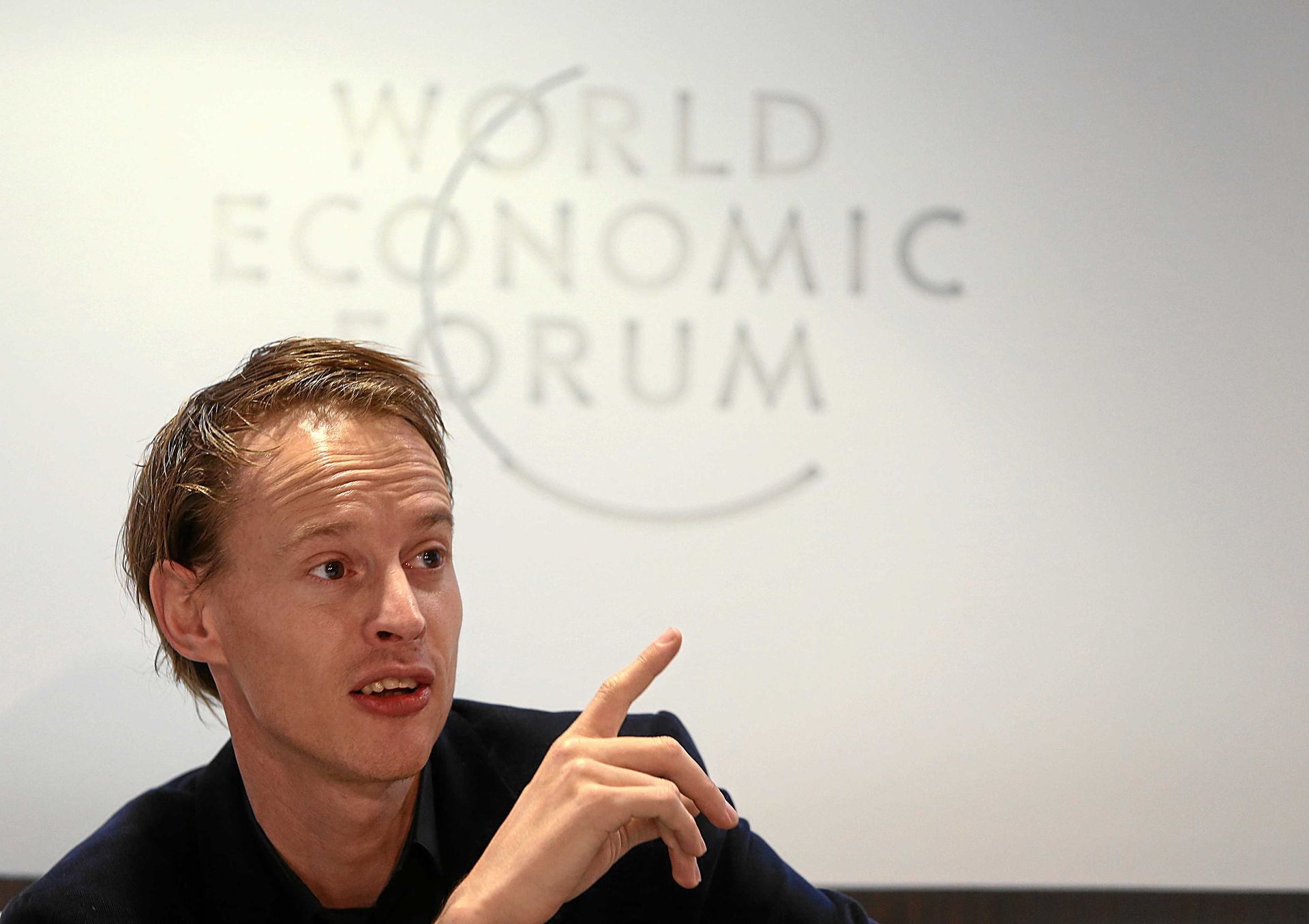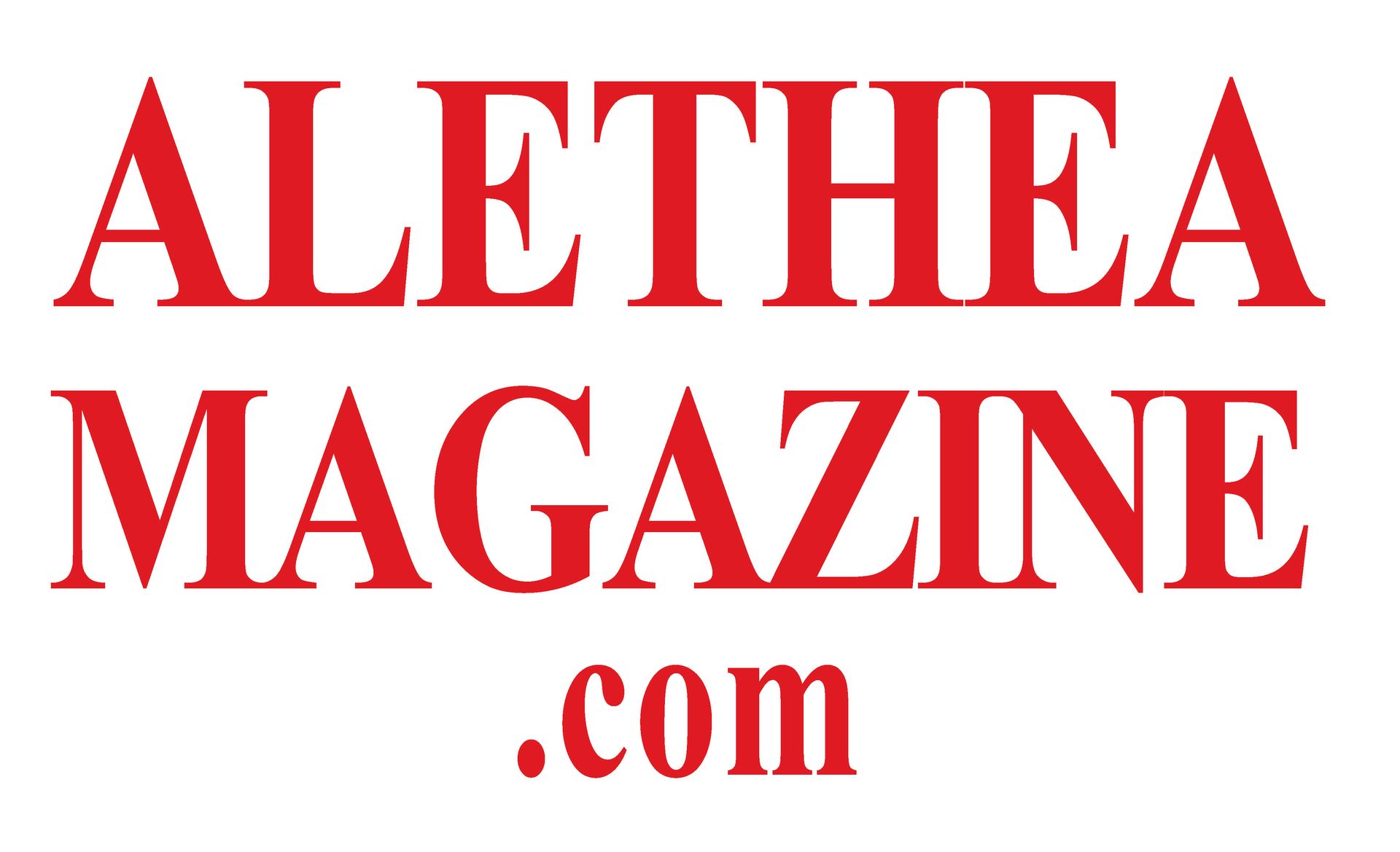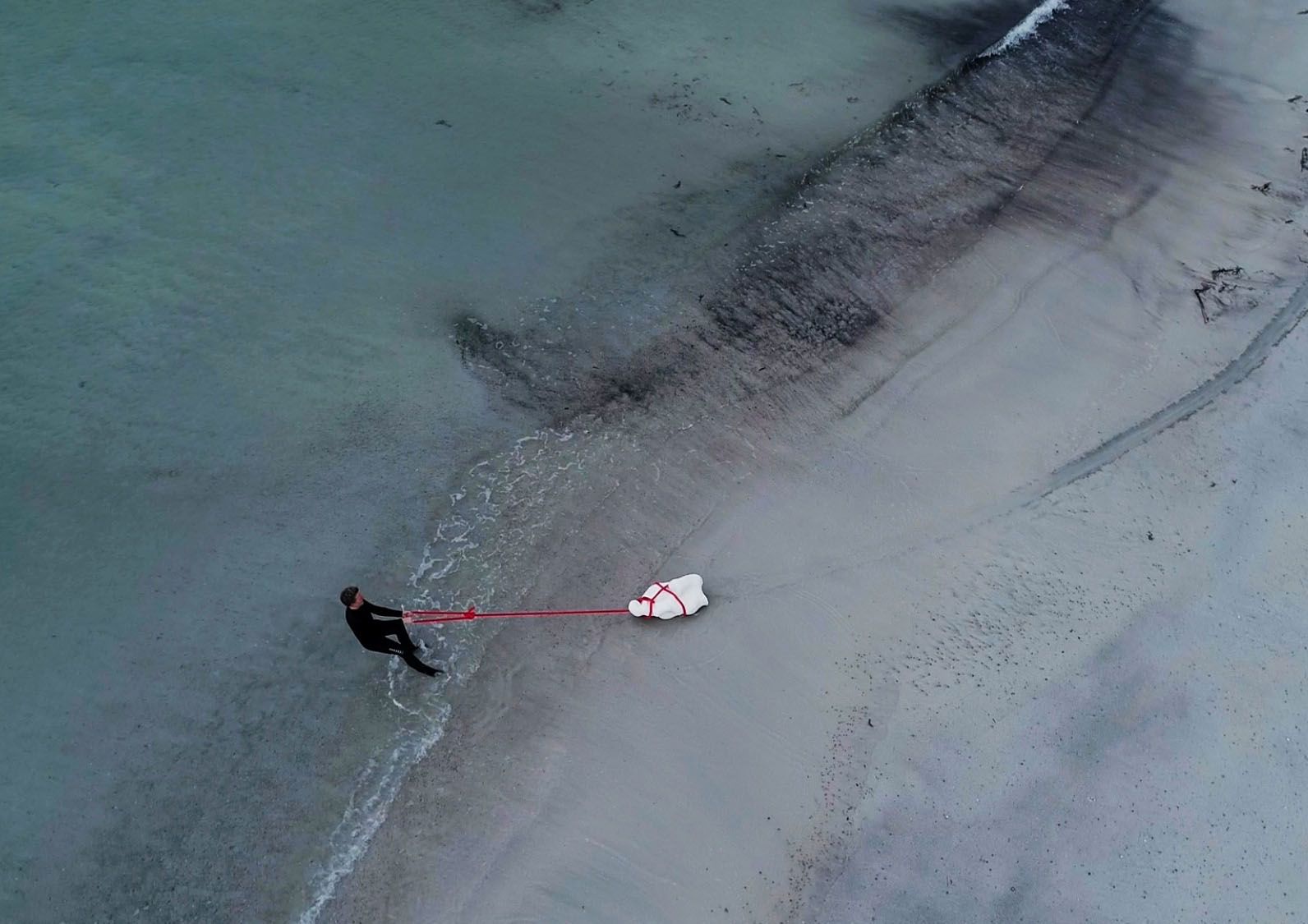
Mella Shaw still from Sounding Line Film ©Rowan Aitchison
Mella Shaw: "A Material Full of Metaphors"
With Sounding Line, artist Mella Shaw addresses the catastrophic impacts of shipping and sonar pollution on whale species, inspired by an alarming mass die-off on Scotland's coasts in 2018, when over a hundred dead whales washed ashore.
Shaw uses clay as a medium to raise awareness about the climate crisis. She incorporates the bone ash of a stranded whale into the ceramic, symbolizing the strength and fragility of the animals. Red marine ropes, hanging from above in the installation and resonating with sound vibrations from real sonar sources, allow viewers to physically experience the destructive effects.
For Shaw, ceramic embodies transformation, fragility, and a deep connection to nature. It is present in all cultures and carries a rich human history, making it an ideal medium to metaphorically represent the tipping points of the climate catastrophe. In addition to Sounding Line, Shaw created her installation HARVEST in 2017, which addresses plastic pollution, and she is currently working on Rare Earth Rising. This project focuses on the problematic consequences of deep-sea mining for rare earth elements, including potential impacts on the oceans' CO₂ absorption. Since graduating from the Royal College of Art in 2023, Shaw has increasingly established herself as both an artist and an activist.
————-
12. May 2025
"I am an artist using clay to raise awareness of the climate crisis and the human impact on nature. I felt that very few people knew about this particular from of pollution and I wanted to raise awareness."
What inspired you to create Sounding Line and how did you come up with the idea of addressing the effects of underwater sonar on whales in a ceramic installation?
Sounding Line is a response to the massive increase in whales washing up dead on the beaches around Scotland where I live. In 2018 in a few short weeks over a hundred dead whales arrived on the shores with no explanation. It turned out that these mass mortality events are the result of shipping and sonar pollution which has a devastating effect on particularly deep diving whale species. I am an artist using clay to raise awareness of the climate crisis and the human impact on nature. I felt that very few people knew about this particular from of pollution and I wanted to raise awareness.
You integrated bone ash from a stranded northern bottlenose whale into the clay mixture. What message is this supposed to have for the work?
I used bone ash from a whale to make my own whale bone china clay in the same way that bone china is made using cow bone. Many people do not realise that there is actual cow bone in bone china but they do recognise it as a very strong but also fragile material. I wanted to use this clay because the whales are large, majestic, highly evolved species yet under these new environmental pressures they are incredibly fragile. I have been surprised by how people treat the sculptures with a new reverence when they learn they are made using real whale bone. Somehow, in many peoples’ eyes this elevates the sculptures and I find this very hopeful.
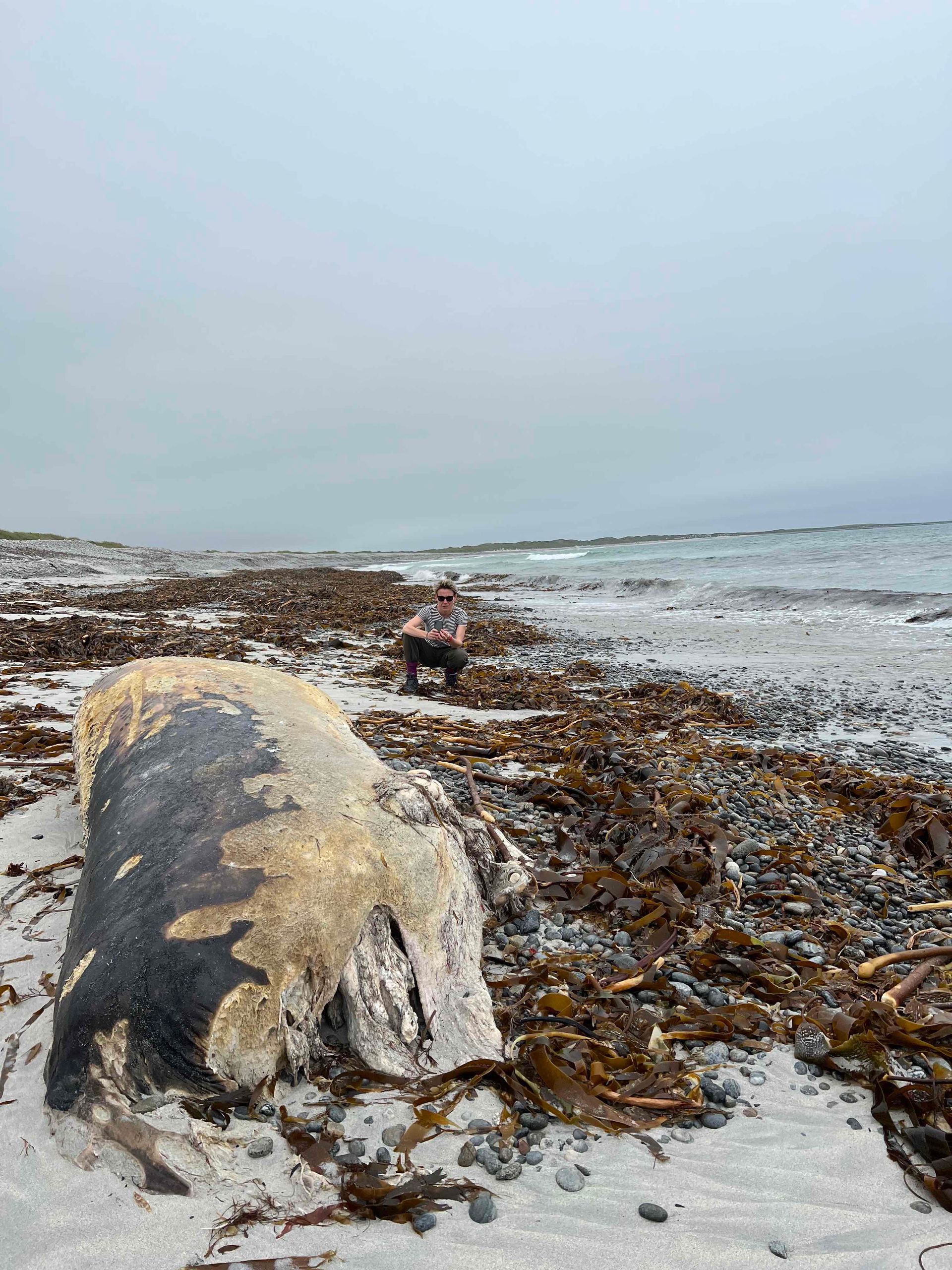
Mella Shaw with beached whale carcass South Uist 2022 ©David Evans

Mella Shaw with old whale bones on South ©David Evans
You write that visitors can touch the ropes and feel the vibrations. How can we imagine this?
In the installation I use red marine rope, dropped from above and wrapped around the forms. Through this rope I have put sound vibrations that come from real shipping and sonar sources. This means that the ropes resonate and when a visitor touches them the sensation is felt through their body. This is a very physical experience and mimics the effect that the sound has on the whales themselves.
"Ceramics is like no other material. It can be used in any state from liquid to bone dry. It is ubiquitous in all cultures and speaks of our past as well as our future."
You describe ceramics as a material that embodies change, fragility and a connection to nature. Why do you prefer to work with this material?
Ceramics is like no other material. It can be used in any state from liquid to bone dry. It is ubiquitous in all cultures and speaks of our past as well as our future. As humans we have a very bodily experience of it; we all know what it feels like to hold essentially mud in our hands. We also have a uniquely intimate relationship with it as we each raise a ceramic vessel to our lips most days to sip from. It is rich with human history, and it has at its very core the transition from one state to another. We all understand the shift from raw, unfired clay where possibility is infinite to the static state of immutable yet fragile fired ceramics. All of this means it is a material replete with metaphor that can be used to explore narrative and discuss the various tipping points of the climate catastrophe.
"These are potato sized lumps of rare earth minerals and other heavy metals needed for the green revolution. They take millennia to form and are currently just sitting on the sea floor – however mining them will be hugely disruptive to the highly delicate and pristine ecosystems on the seabed."
What other works about the climate and environmental crisis have you created and what do you plan to do next?
In 2017 I made a largescale ceramic installation called HARVEST about plastic pollution at a time when very few people were speaking about this issue. With this piece I was illustrating a statistic I had read that said that by 2050 there would be a greater weight of plastic in the ocean that fish. I am currently making new work called Rare Earth Rising which is about the issue of mineral depletion and the proposal to start to mine the deep seabed for polymetallic nodules. These are potato sized lumps of rare earth minerals and other heavy metals needed for the green revolution. They take millennia to form and are currently just sitting on the sea floor – however mining them will be hugely disruptive to the highly delicate and pristine ecosystems on the seabed. Not only will a huge amount of marine life be detrimentally effected it may even affect the oceans ability to absorb carbon dioxide.
Since graduating from the Royal College of Art in 2023, what role has Sounding Line played in this development.
Since graduation from the Royal College I have been making work about tipping points, thresholds, order and chaos. For the last 8 years this has taken be in the direction of making actively engaged work about environmental issues. Through Sounding Line I feel my practice has evolved, I am now very much an artist/activist and I see the value of art at this time to engage people on an emotional level and inspire them to demand change.
----------
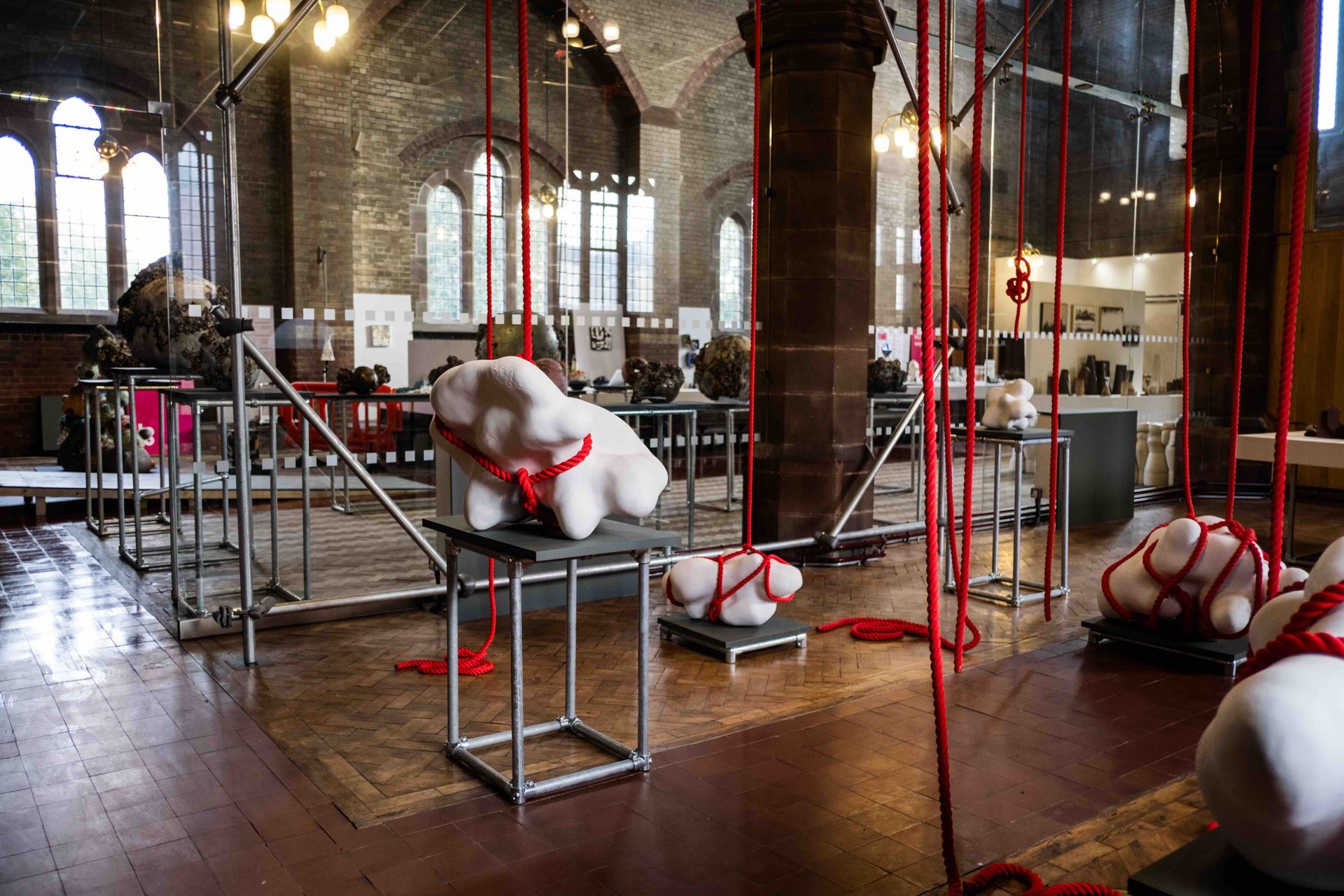
Mella Shaw_Sounding Line_2023_British Ceramics Biennial ©JennyHarper
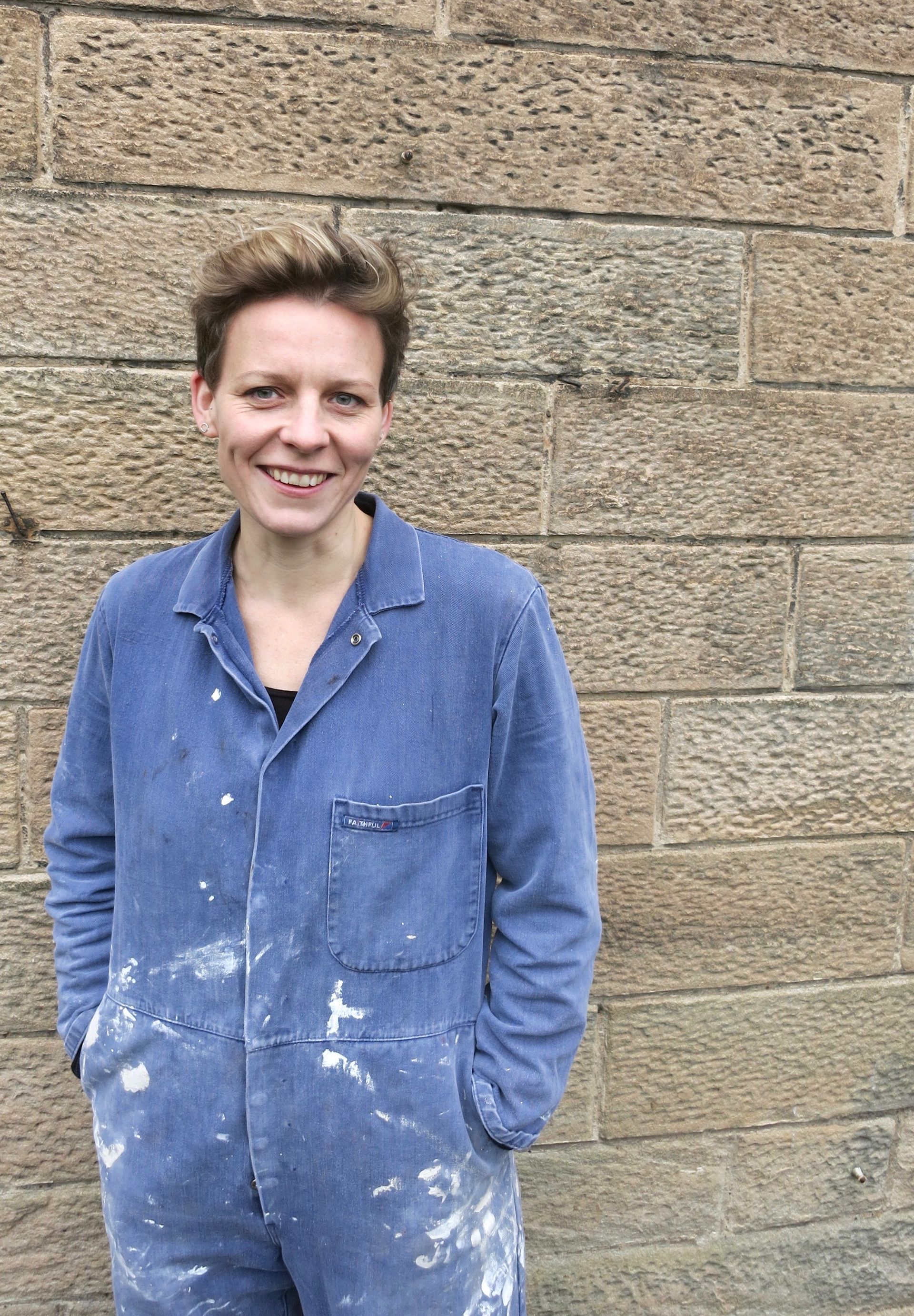
Mella Shaw ©Courtesy of the artist
TOP STORIES
DÜSSELDORF
Dr Bastian Fleermann: ‘From the first to the very last day in Düsseldorf, there was resistance from very courageous men and women, from very different directions.’
_____________
ENVIRONMENT
007: Who is Paul Watson and why was he arrested?
_____________
FREEDOM OF SPEACH
Julian Assange und die Pressefreiheit. Eine kleine Chronik (DE)
_____________
DÜSSELDORF OPERA
The surprising switch of course
_____________
PHOTOGRAPHY
Without censorship: World Press Photo publishes the regional winners of the 2024 photo competition
_____________
FLORENCE
_____________
April 2024
DÜSSELDORF
Controversy surrounding the Düsseldorf Photo Biennale
_____________
WAR
March 2024
_____________
ISRAEL
November 2023
_____________
ENGLISH CHRISTMAS
10 years of Glow Wild at Kew Wakehurst.
October 2023
_____________
TRIENNALE MILANO
Pierpaolo Piccioli explains his fascination with art.
_____________
NEW MUSEUMS
29 May 2023
_____________
NEW MUSEUMS
is coming in big steps.The Bernd and Hilla Becher Prize will be awarded for the first time.
19 May, 2023
_____________
VISIONS, ARCHITECTURE
MARCH 10, 2023
_____________
CHECK THE THINGS YOU WANT TO THROW AWAY
HA Schult's Trash People at the Circular Valley Forum in Wuppertal on 18 November 2022.
NOVEMBER 19, 2022
_____________
THE OPERA OF THE FUTURE
Düsseldorf, capital of North Rhine-Westphalia will receive the opera house of the future.
FEBRUARY 15, 2023
_____________
FLORENCE
The extraordinary museums of Florence in 2023.
JANUARY 1, 2023
_____________
DÜSSELDORF
DECEMBER 11, 2022
RELATED TALKS


